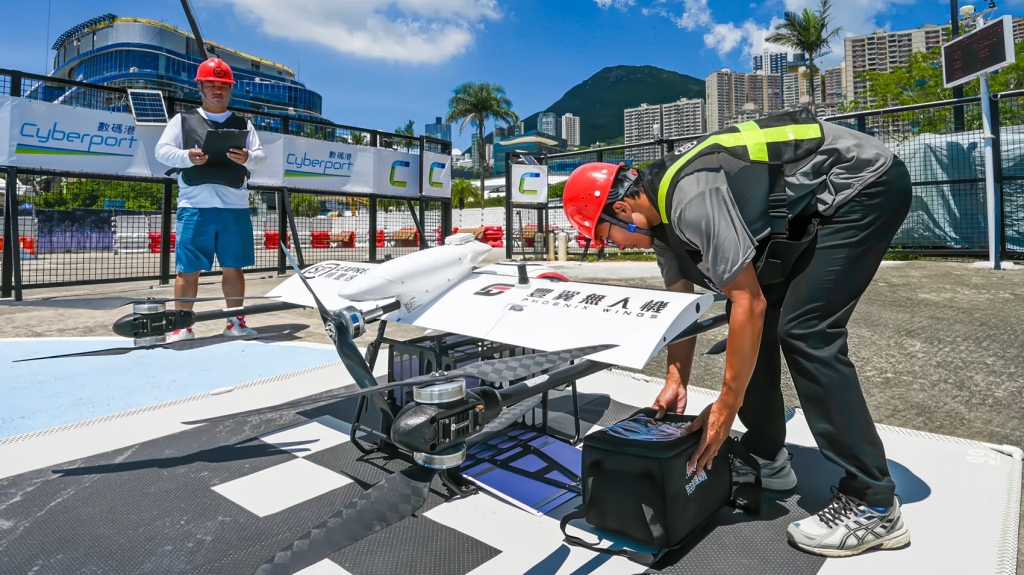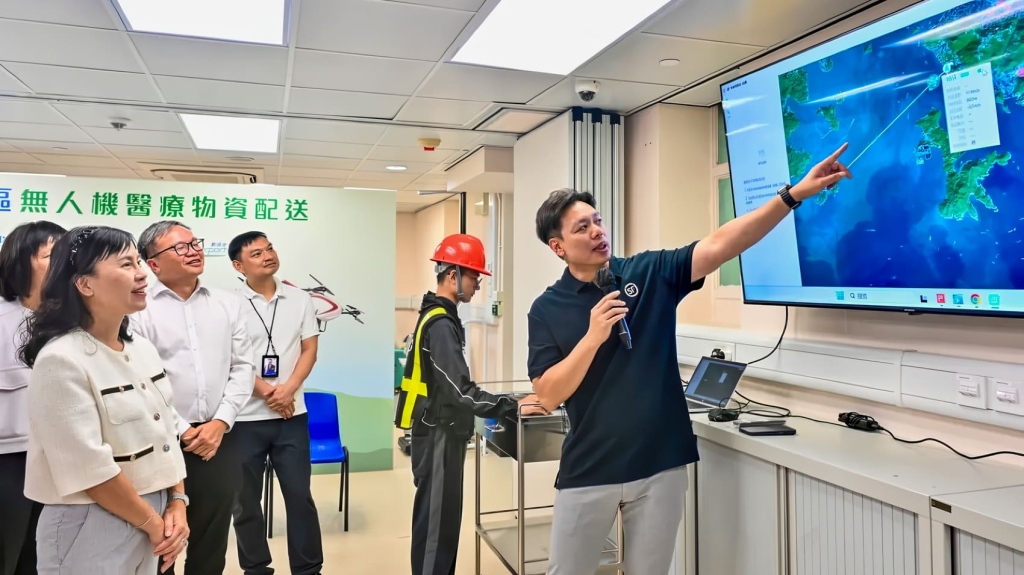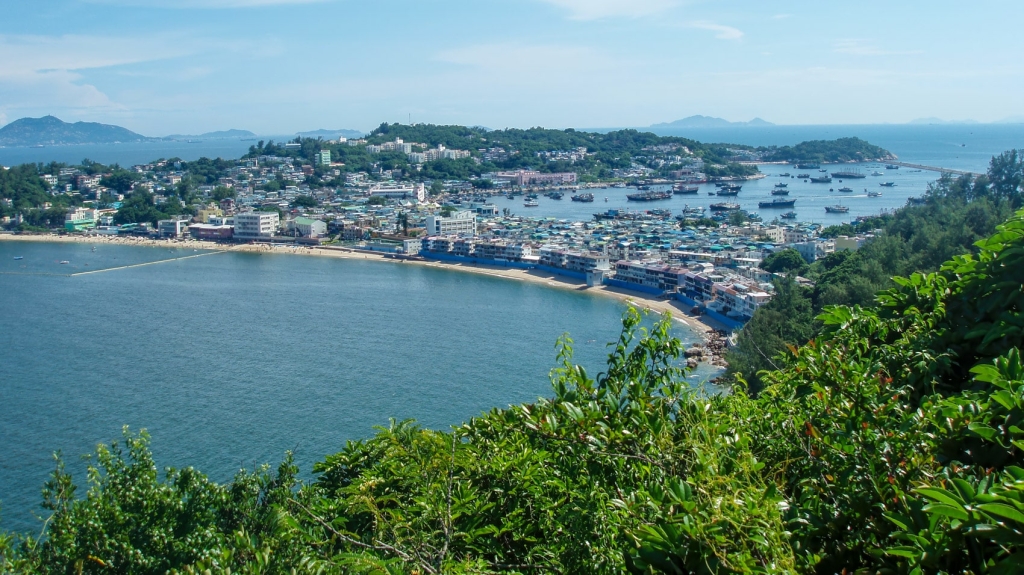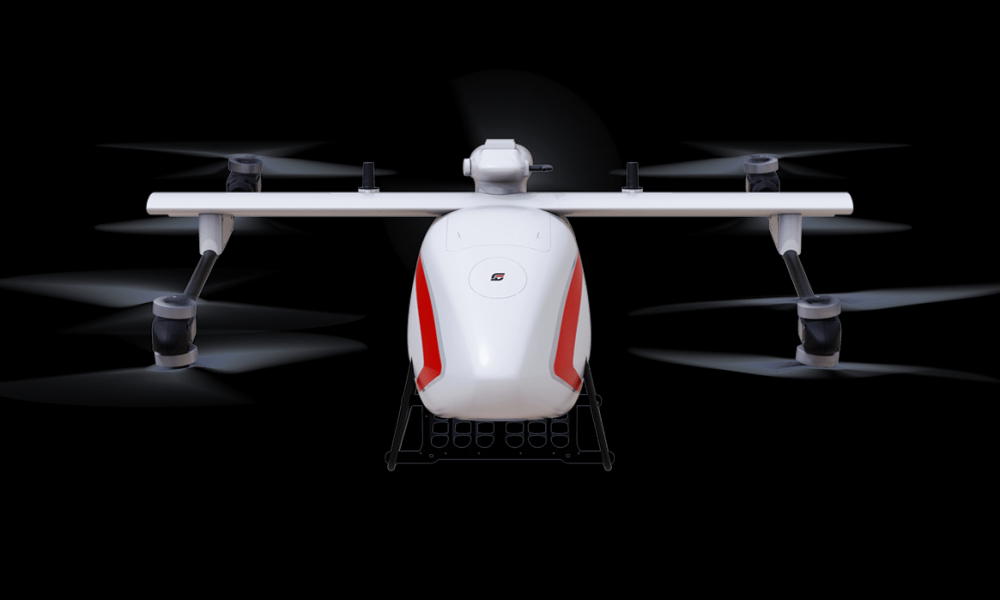Hong Kong Drones Slash Medical Delivery Times To Islands

Snag the 2025 Apple MacBook Air M4 13-inch for $799 (Save $200!) – Limited Amazon Deal!
For the residents of Hong Kong’s remote outlying islands, a medical emergency can be a terrifying race against the clock, as Open Gov Asia notices it on their latest article. Critical supplies often have to be sent by ferry, a journey that can take an hour or more and is at the mercy of weather and schedules. Now, a new pilot project is set to slash that time to just 20 minutes using a drone.

As part of a new “Low-altitude Economy Regulatory Sandbox,” the city’s Hospital Authority is testing a drone delivery route to the island of Cheung Chau. It’s a smart, powerful solution that could revolutionize healthcare for the thousands of people who live in these hard-to-reach communities.
A 20-Minute Lifeline
The initial test route is a 7.4 miles (about 12km) flight from Cyberport on Hong Kong Island to St. John Hospital on Cheung Chau.

The goal is to deliver time-sensitive medical supplies, like antivenoms or lab samples, in a fraction of the time it would take a boat.

For the staff at St John Hospital’s A&E (Accident & Emergency) department, this is a game-changer. Having the ability to get a specific medication delivered in just 20 minutes could be the difference between life and death for a patient. It also means more patients can be treated locally, reducing the need for risky and stressful emergency transfers to larger urban hospitals. Early trials have already shown that the drones can fly the route with stable flight and solid communications, proving the concept is viable in real-world conditions.
The Tech Behind the Mission
This kind of over-water, Beyond Visual Line of Sight (BVLOS) mission requires a serious, professional-grade drone. The aircraft being used are Phoenix Wings Ark 20, rugged, multi-rotor with a range of 9.3 miles (15 km) and equipped with temperature-controlled storage, ensuring the safe delivery of pharmaceuticals and test samples.

These drones are equipped with advanced navigation systems and redundant communications to ensure they can handle the challenging maritime environment. The entire operation is being conducted within a “regulatory sandbox,” a framework that allows companies and government agencies to test new drone applications in a safe and controlled manner by the Hong Kong’s Civil Aviation Department
This sandbox approach is critical for building the safety case for these kinds of advanced operations, paving the way for a future where drone delivery is a routine part of the city’s logistical network.
A Global Trend in Healthcare Logistics
Hong Kong’s pilot program is part of a massive global trend of using drones to solve healthcare logistics challenges. We’ve seen similar successful programs in rural Kansas, where drones are connecting remote hospitals, and across Africa, where companies like Zipline have been delivering blood and vaccines for years.
In every case, the drone offers a solution to the problem of distance. It creates an aerial “super-highway” that can bypass traffic, water, and difficult terrain to deliver critical supplies when and where they are needed most.
DroneXL’s Take
It’s truly inspiring to see a major city like Hong Kong embrace drone technology to solve such a fundamental human problem. This isn’t about the convenience of getting a pizza delivered faster; it’s about getting life-saving medicine to a person in need. This is the drone at its absolute best.
“Real talk,” flying a 7.4 miles BVLOS mission over the open ocean between one of the world’s densest cities and a remote island is an incredibly demanding task. The radio interference, the unpredictable sea winds, the marine weather—it’s a huge challenge. The success of these early trials is a massive testament to the skill of the pilots and the reliability of the technology.
This is the kind of smart, practical innovation that builds a better future. It’s a quiet, methodical project that will have a profound impact on the lives of the people it serves. It builds public trust and shows the world that drones are a powerful force for good. And as a professional who is constantly amazed by the new ways our technology is being used, this story is a huge win.
Photo credit: Open Gov Asia
